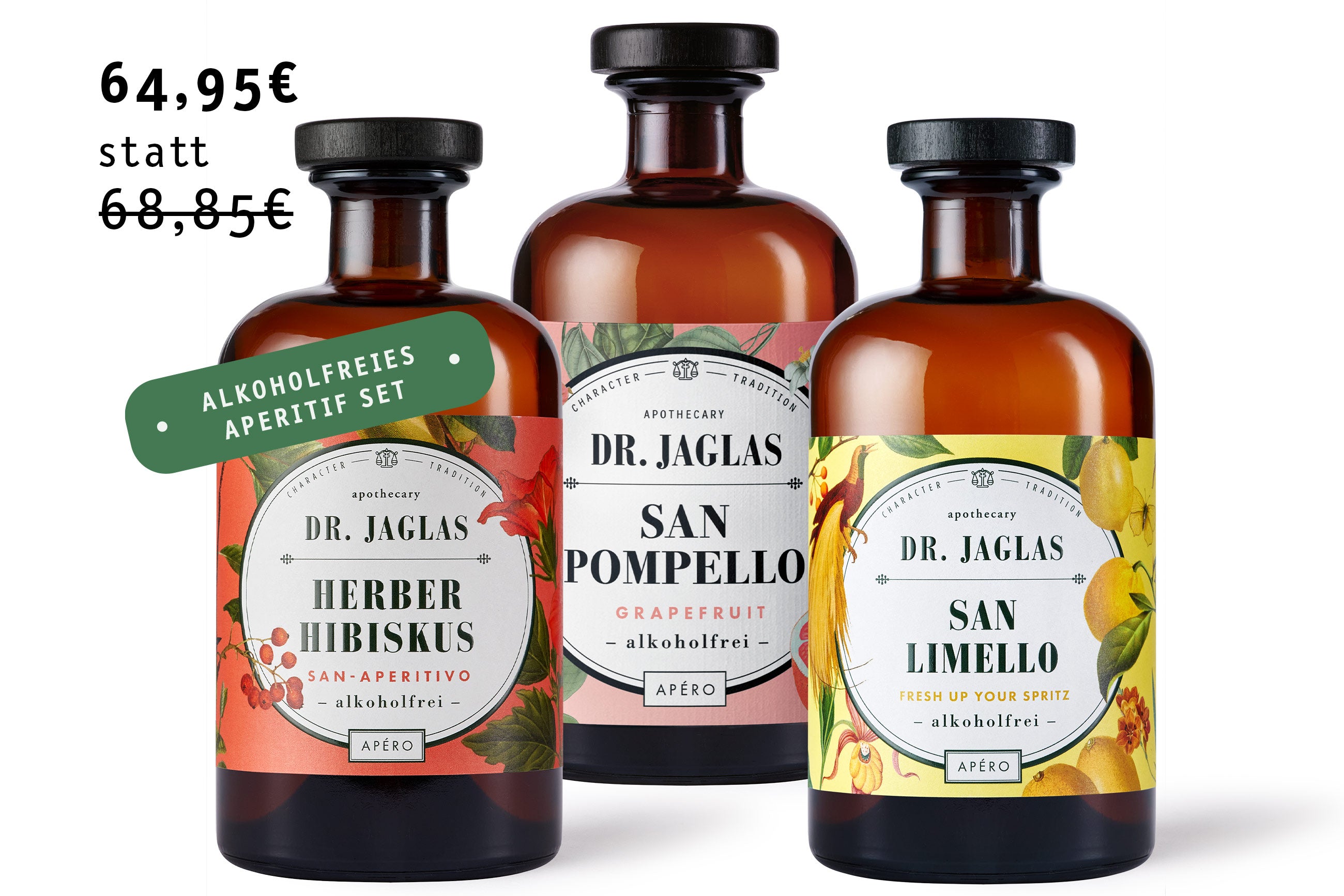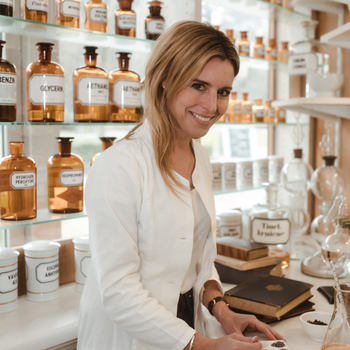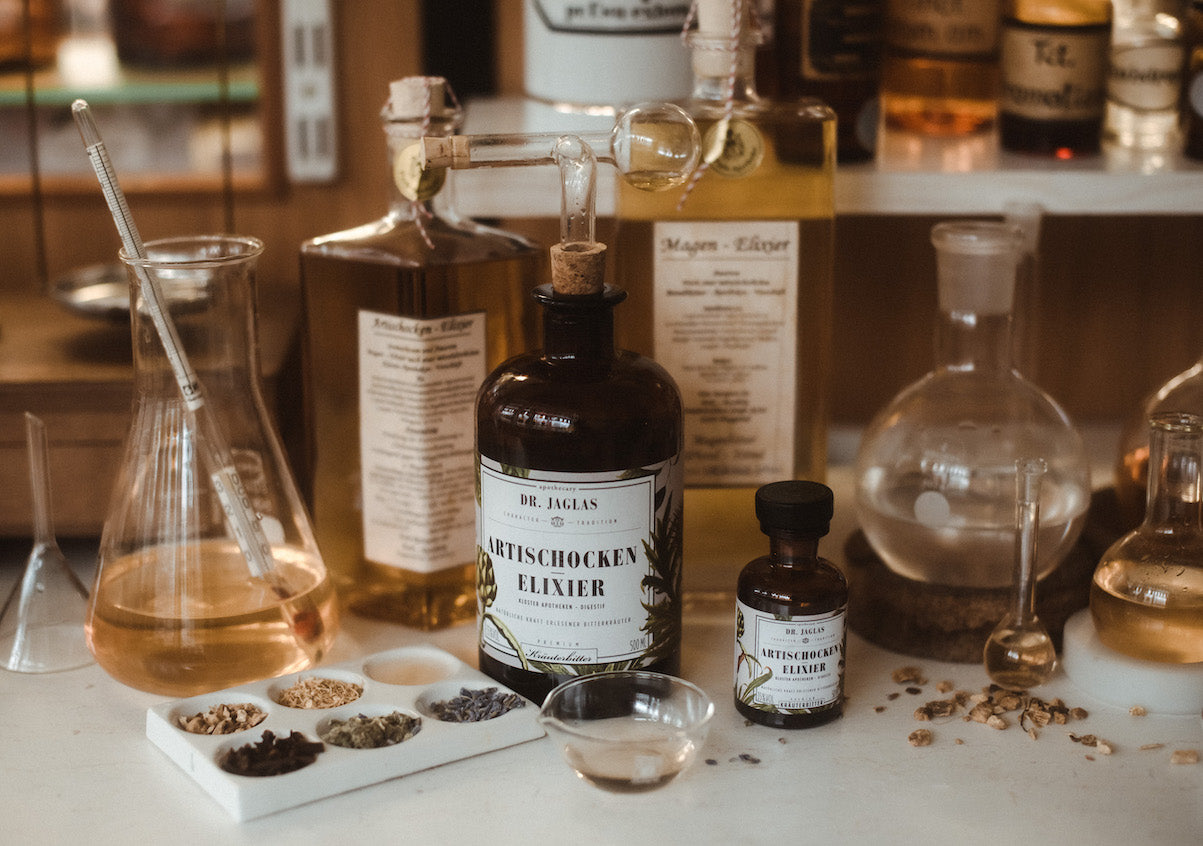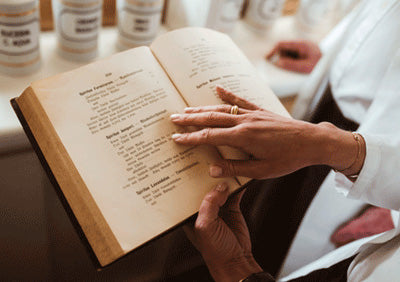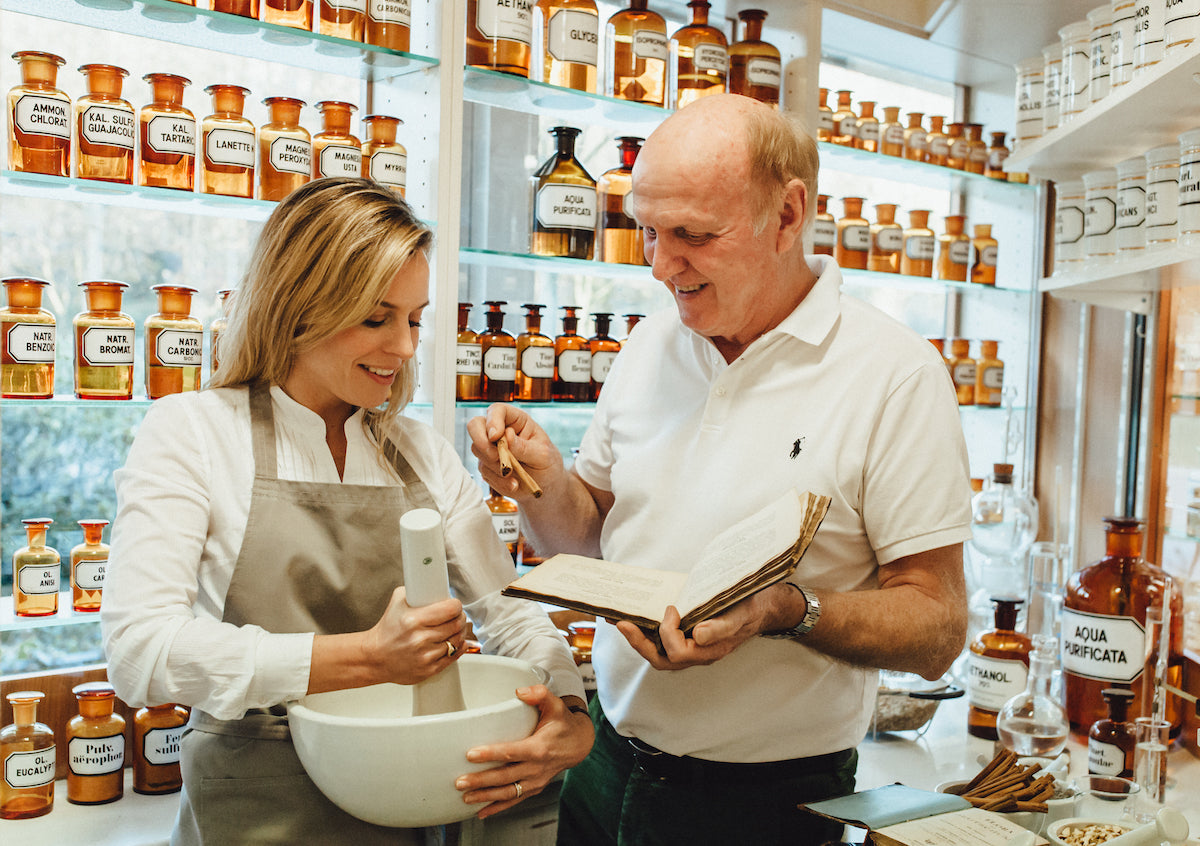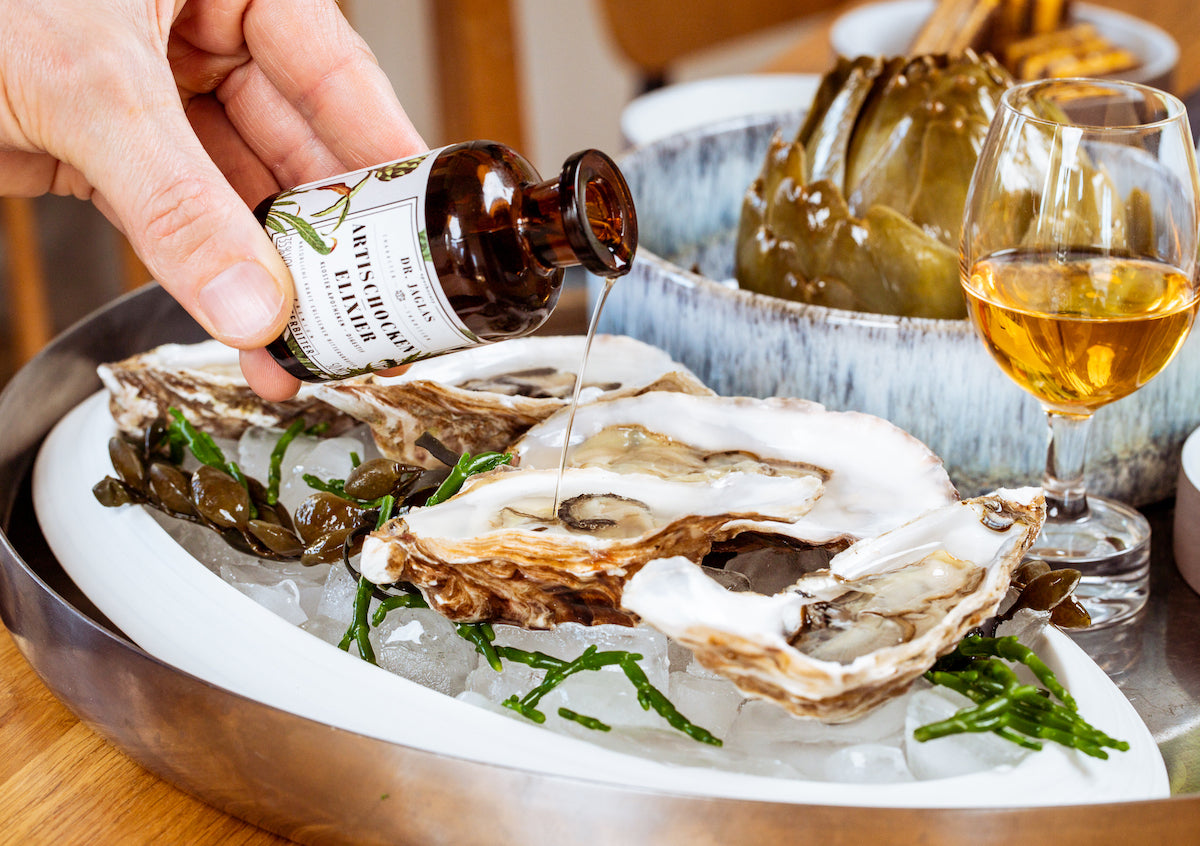Most people are careful not to consume too many calories in their food. Too many calories will ultimately lead to obesity in the long run. However, it is often forgotten that drinks also contain many hidden calories. A healthy and balanced diet should therefore mainly consist of low-calorie drinks .
What exactly are low-calorie drinks?
In any case, they contain significantly fewer calories. This is naturally the case for some drinks, while in others the calorie content is artificially reduced by replacing the sugar content with various sweeteners. Basically, however, the term " low-calorie drinks " is a generic term that has become established in everyday language as a synonym for a wide variety of types of drinks, which is why misunderstandings sometimes arise when shopping. It is therefore worth memorizing the exact definitions, as they provide information about how many calories a drink actually contains.
Low-calorie drinks and their differences
Low-calorie drinks are often mentioned in advertising. Since the introduction of the Health Claims Regulation in 2007, clear requirements have to be met in order to use this term: a low-calorie product must contain at least 30 percent fewer calories than a comparable drink. The same guideline applies to the terms "light" and "leicht".
The requirements for the use of the term "low-calorie drinks" are even more precise. They must not contain more than 20 calories per 100 milliliters. According to the regulation, a drink is calorie-free if it contains no more than four calories per 100 milliliters. Drinks with a sugar content of no more than 0.5 grams per 100 milliliters are considered "sugar-free". However, these may also contain sweeteners.
What does "no added sugar" mean?
In this case, no mono- or disaccharides and no foods with a sweetening effect may be added to the drink.
The advantages and disadvantages of low-calorie drinks
The most important advantage is of course the lower calorie content. However, drinks that contain sweeteners in particular increase the desire for sweets. By activating the reward system in the brain, the happiness hormone dopamine is released. Over time, a habituation effect sets in and the body constantly craves soft drinks, sweet cocktails, etc. In return, products that are not so sweet suddenly no longer seem to taste good, which leads to an unhealthier diet. Studies have also shown that drinks with sugar substitutes increase the risk of heart disease.
Popular low-calorie drinks
Water in its pure form contains no calories at all. This applies to tap water as well as still and carbonated mineral water. Mineral water is also an important source of valuable minerals such as calcium, magnesium and sodium. The situation is somewhat different with flavored water. Although the recipes differ quite significantly depending on the manufacturer, it can generally be said that the flavored versions can contain up to 200 calories per liter. Nevertheless, these drinks are still a sensible alternative to some sugary soft drinks.
Unsweetened tea is also a good choice. Whether black tea, fruit tea or herbal tea, a cup has an average of around three calories. Black coffee has a similarly good balance, also only having around six calories per cup.
There are also vegetable and fruit juices with a low sugar content on the market. A delicious and recommended example is tomato juice, which naturally contains very few calories. By heating the tomatoes during processing, the proportion of the valuable plant pigment lycopene is significantly higher than in fresh tomatoes. The antioxidant lycopene is said to have a cancer-preventing effect.
Make your own low-calorie drinks
If you want to make your own low-calorie drinks , all you really need is your favorite fruit and/or fruit juice, still or sparkling water and, if necessary, a little sweetener. A mix of water, organic lemon juice, ginger and lemon balm is wonderfully refreshing. In midsummer, watermelon is a great base, and you can also make delicious low-calorie drinks from cucumbers - refined with a little basil and lemon juice.
Low-calorie drinks: alcoholic and non-alcoholic drinks in comparison
Did you know that alcohol is generally a high source of calories? There are seven calories in one gram! In comparison: one gram of fat contains just two more calories! This means that alcoholic drinks can definitely make you fat. However, despite a figure- and health-conscious lifestyle, you don't have to miss out on the delicious taste of popular alcoholic drinks.
Alternatives include the
alcohol-free Aperol and the
alcohol-free Limoncello from Dr. Jaglas . You can find them under the product names
Herber Hibiskus and
San Limello . The two alcohol-free drinks are full of high-quality ingredients and embody pure joie de vivre without alcohol and an unnecessarily high calorie content. They combine the conscious avoidance of alcohol and fattening foods with first-class enjoyment and are just as suitable for cozy moments at home as they are for wild parties. They also impressively demonstrate how creative, clever and delicious low-calorie drinks can be.
Which alcoholic drinks contain particularly high calories?
These are primarily mixed drinks and cocktails, which inherently contain high-calorie ingredients such as cola, cream or fruit syrup. By omitting alcohol, you can save a lot of calories.




